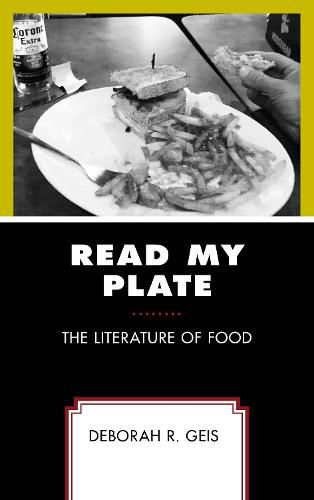Readings Newsletter
Become a Readings Member to make your shopping experience even easier.
Sign in or sign up for free!
You’re not far away from qualifying for FREE standard shipping within Australia
You’ve qualified for FREE standard shipping within Australia
The cart is loading…






Whether perusing a recipe or learning what a literary character eats, readers approach a text differently when reading about food. Read My Plate: The Literature of Food explores what narrators and characters (in fiction, in performance, and in the popular genre of the food memoir ) cook and eat. Beat poet Allen Ginsberg, the inmates of the Terezin concentration camp, performance artist Karen Finley, novelist Jhumpa Lahiri, playwright Suzan-Lori Parks, and the celebrated chef-turned-travel-journalist Anthony Bourdain are just a few examples of the writers whose works are discussed. Close readings of the literal and figurative plates in these texts allow a unique form of intimate access to the speakers’ feelings and memories and helps readers to understand more about how the dynamics of race, ethnicity, gender, religion, and social class affect what the narrators/characters eat, from tourtiere to collard greens to a school lunch bento box.
$9.00 standard shipping within Australia
FREE standard shipping within Australia for orders over $100.00
Express & International shipping calculated at checkout
Whether perusing a recipe or learning what a literary character eats, readers approach a text differently when reading about food. Read My Plate: The Literature of Food explores what narrators and characters (in fiction, in performance, and in the popular genre of the food memoir ) cook and eat. Beat poet Allen Ginsberg, the inmates of the Terezin concentration camp, performance artist Karen Finley, novelist Jhumpa Lahiri, playwright Suzan-Lori Parks, and the celebrated chef-turned-travel-journalist Anthony Bourdain are just a few examples of the writers whose works are discussed. Close readings of the literal and figurative plates in these texts allow a unique form of intimate access to the speakers’ feelings and memories and helps readers to understand more about how the dynamics of race, ethnicity, gender, religion, and social class affect what the narrators/characters eat, from tourtiere to collard greens to a school lunch bento box.